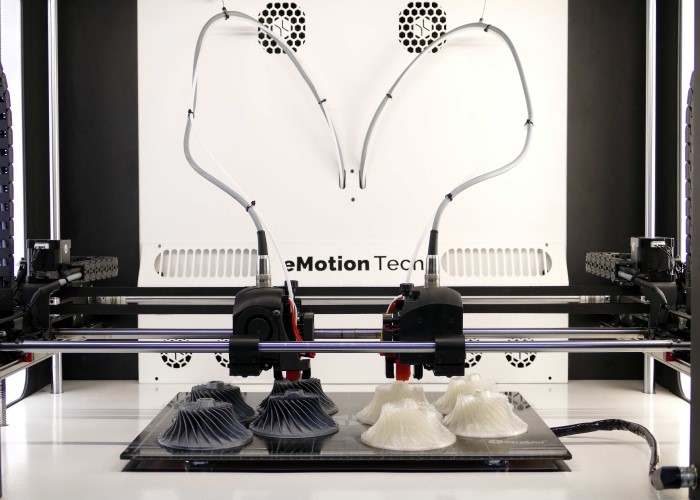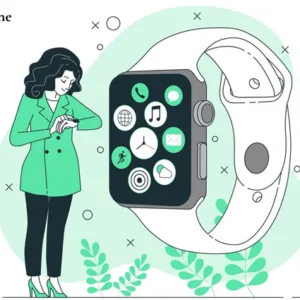Manufacturing is among the most challenging domains that require continuous innovation. To gain an edge in the industry and serve customers better, 3D printing technology is doing an excellent job. This advancement helps companies reduce their operational cost and produce bespoke products in a shorter turnaround time.
On this note, let’s look at the top ways additive manufacturing is changing traditional manufacturing and what the future looks like.
Efficient Low-Volume Production
3d printing is the best option to create prototypes because it helps engineers validate designs quickly at a lower cost. This technology also enables companies to offer personalized products at scale without producing thousands of units, saving time and money. It allows companies to focus more on innovation for their customers, ensuring the components are more value-oriented.
Compared to conventional manufacturing methods, 3D manufacturing is more efficient for low-volume production. With traditional methods, you would need to invest in tooling and machinery that are only used for a particular range of products. As a result, it limits the number of products you can produce and increases costs.
High-Quality Jigs & Fixtures
3d printing solutions are also used to create high-quality jigs and fixtures. Jigs are tools that hold objects in place to be machined, assembled, or welded. Fixtures are devices that contain parts for welding, soldering, or assembly.
Traditionally, these items were manufactured from metal using a CNC machine. However, 3D printing offers an alternative way to manufacture them quickly. It also allows you to create custom-sized jigs and fixtures, which is impossible with traditional methods.
Design Flexibility
Additive manufacturing is also providing great flexibility to product designers. The technology allows manufacturers to develop new designs for their products more quickly, and try out different variations before settling on the best one. In addition, it makes it possible for them to produce several custom parts rapidly, which earlier would have needed expensive tooling.
It also reduces the need for overstock as you can now create and ship only those required items and nothing more. In addition, manufacturers can quickly use CAD files to create a custom 3D prototype and save inventory costs. This advantage makes the manufacturing industry more agile and capable of doing more efficiently.
Lower Manufacturing Risk
3D printing is much safer as the risk of injuries is significantly reduced. This technology makes it possible for companies to manufacture goods anywhere in the world rather than just within their factory walls.
In addition, 3D printing has a higher ROI than traditional manufacturing methods. As a result, it allows for faster customization, reduces the need for overstock, and lowers the risk of injuries during production. You can also produce bespoke items that are difficult with traditional methods.
Faster Time to Market
Additive manufacturing is also helping companies to get their products to market faster. With traditional methods, you would need to invest in machinery used only for a specific range of products. As a result, the conventional process limits the number of products you can create. Also, it takes time to design and manufacture the tools required for mass production.
With 3D print services, you can create products without investing in specialized tooling. As a result, it helps companies bring new products to market faster as they don’t have to rely on traditional manufacturing methods.
Handle Intricate Geometry
3D printing for manufacturing is a boon as it allows companies to build and customize complex geometries quickly. Cross-functional collaboration is also possible with additive manufacturing, which means the entire product development process is completed quickly. You can make design changes within hours or days instead of weeks.
Additive manufacturing also offers a high-quality end product that is more durable than its traditional counterparts at a lower cost. Additionally, they don’t need highly skilled workers to operate 3D printers, so low setup costs. All this makes it possible for small companies to drive better innovation.
Less Material Wastage
3D printing for manufacturing is essentially a lean production process. It allows you to streamline the design and production processes, leading to less scrap. It also reduces the environmental footprint of manufacturers by reducing waste.
3D printing provides excellent flexibility in terms of how parts are manufactured. It means companies can produce bespoke products quickly that would have previously taken months to create with traditional methods. The technology also uses less energy than conventional manufacturing methods. Thus, the carbon footprint is lesser than other manufacturing methods, making it an eco-friendly solution.
Ideal For Emergency Manufacturing
In case of a part failure, 3d printing can be used for emergency manufacturing. It helps companies quickly get their products back on track without incurring high costs. In addition, rapid prototyping services are ideal for creating a physical model of the failed part so that the design team can understand the issue and come up with a fix.
Compared to traditional processes, handling emergency situations with 3d printing is much easier and faster. As a result, this technology offers significant speed, flexibility, and cost advantages.
Wrapping Up!
Additive manufacturing is a cutting-edge technology that will transform the manufacturing industry in a 360° manner. With growing popularity, several professional companies now offer affordable 3d printing services in Perth and other places. So, it’s the right time to integrate additive manufacturing into your process and take an edge.





